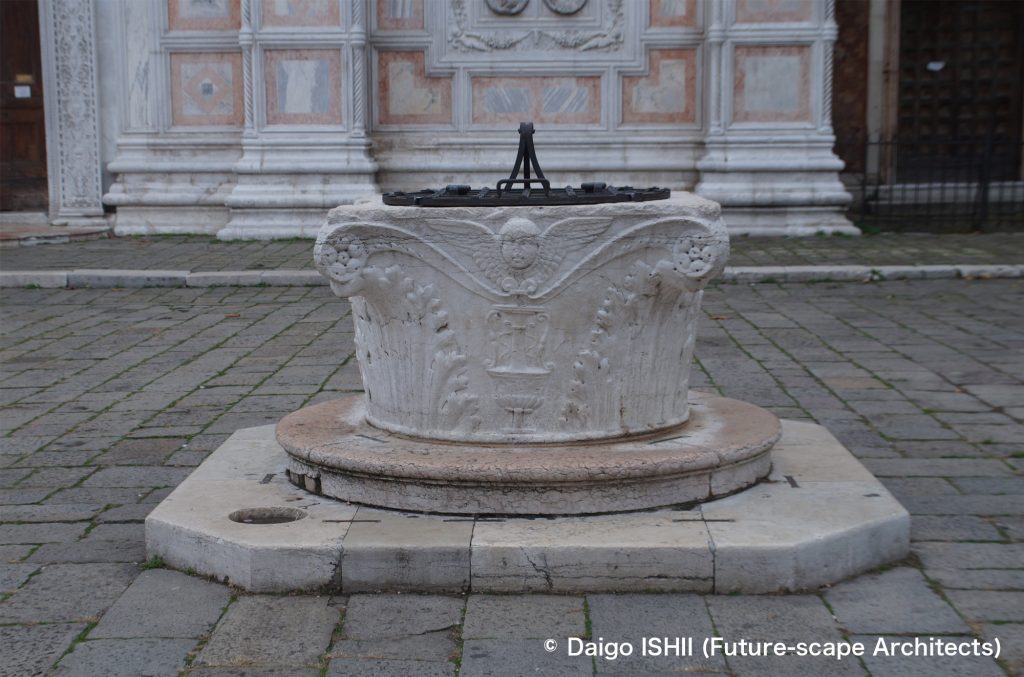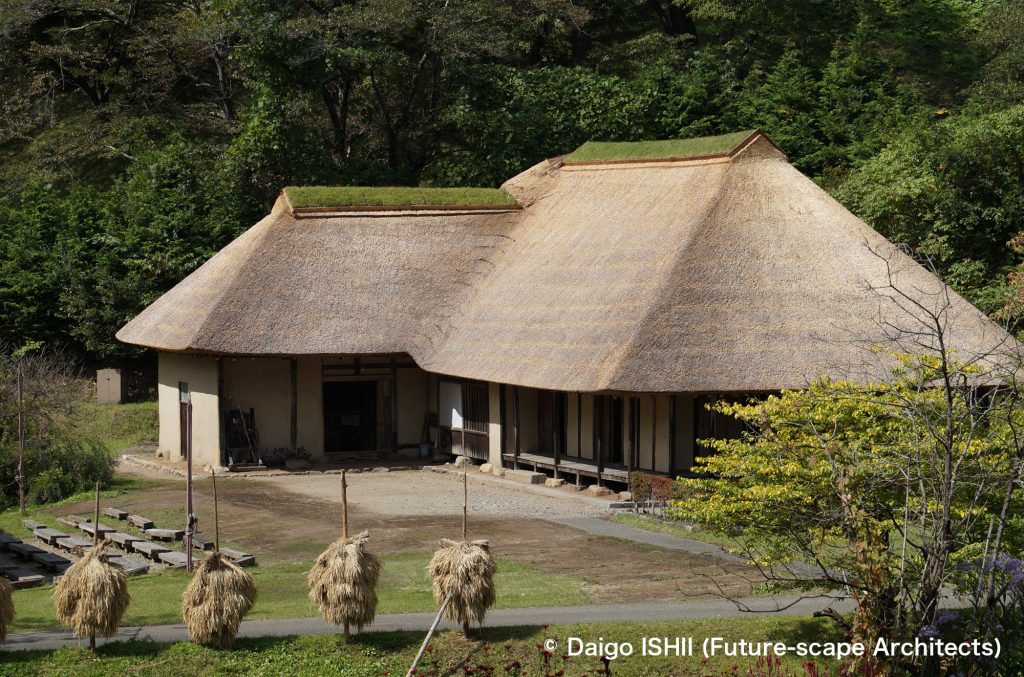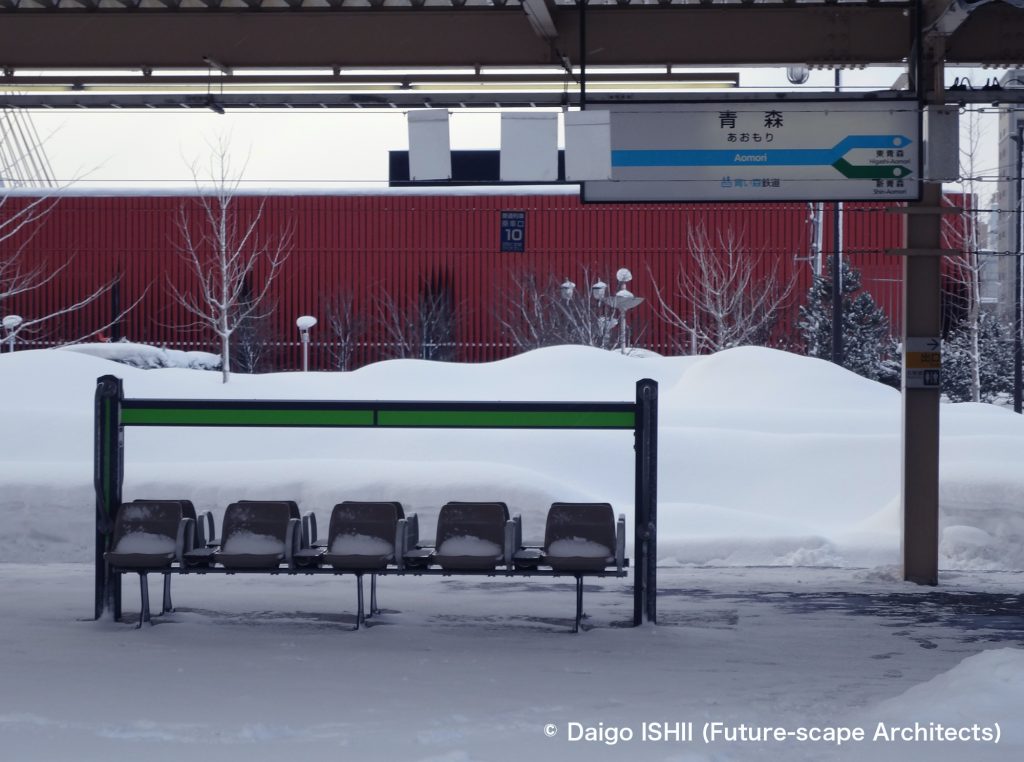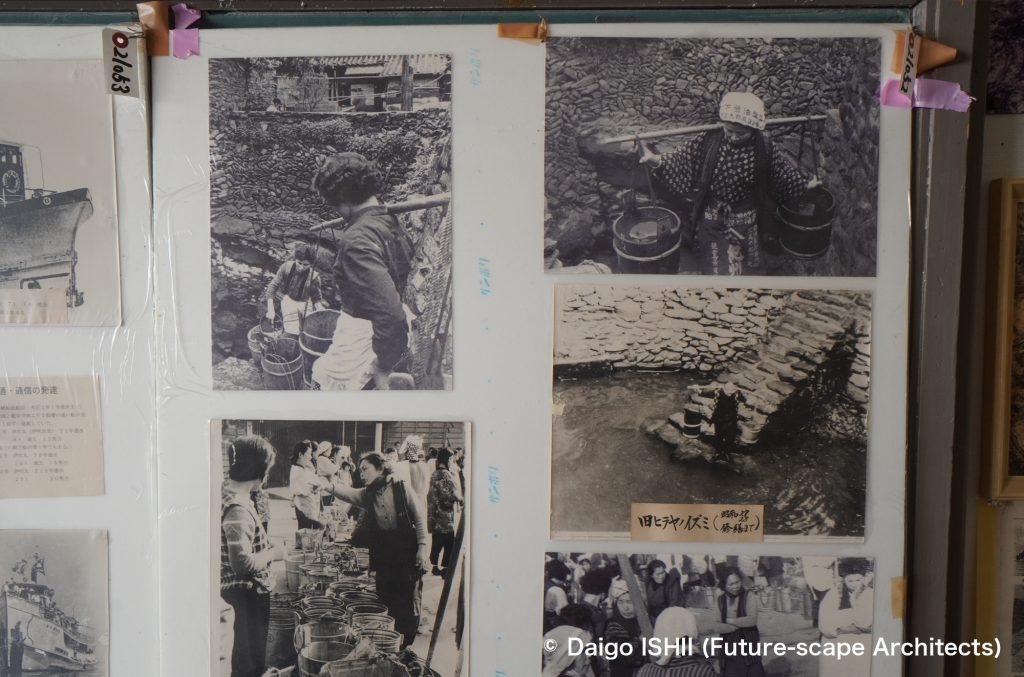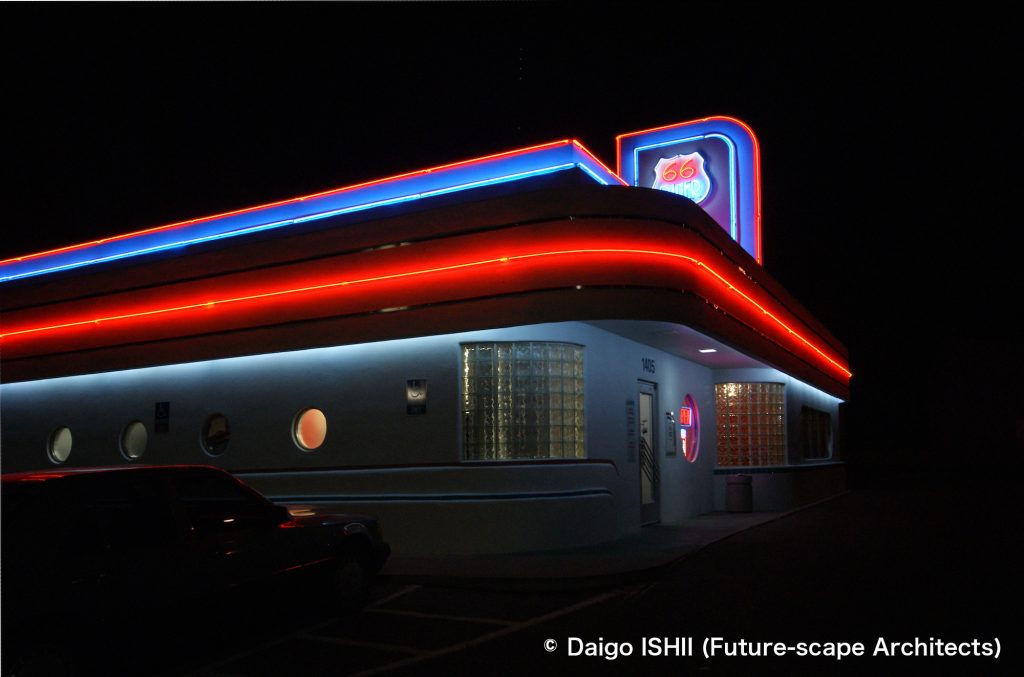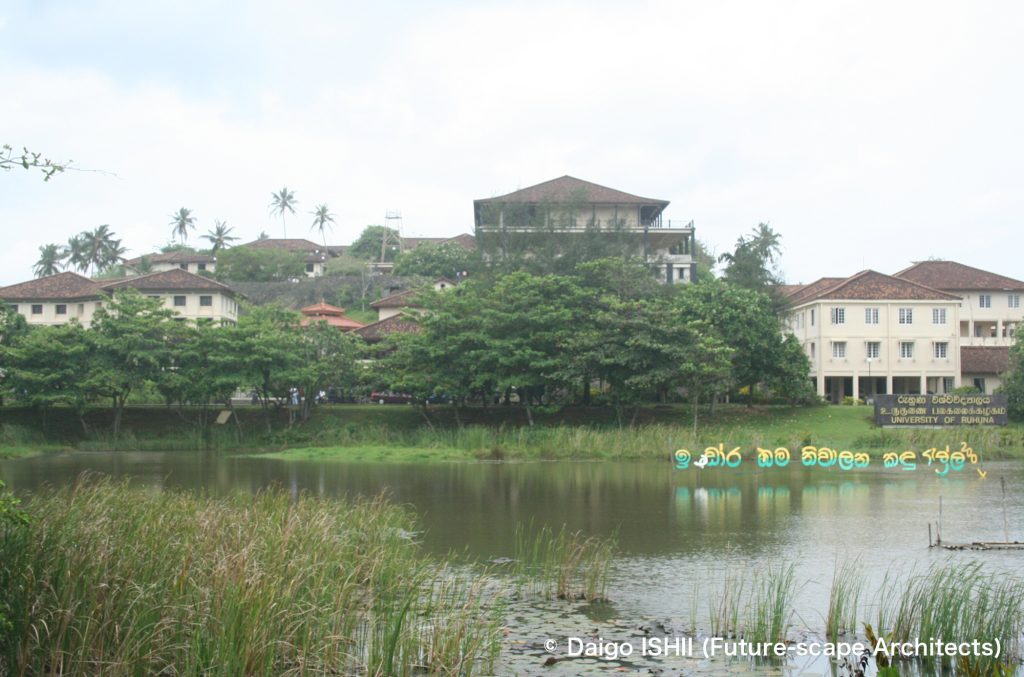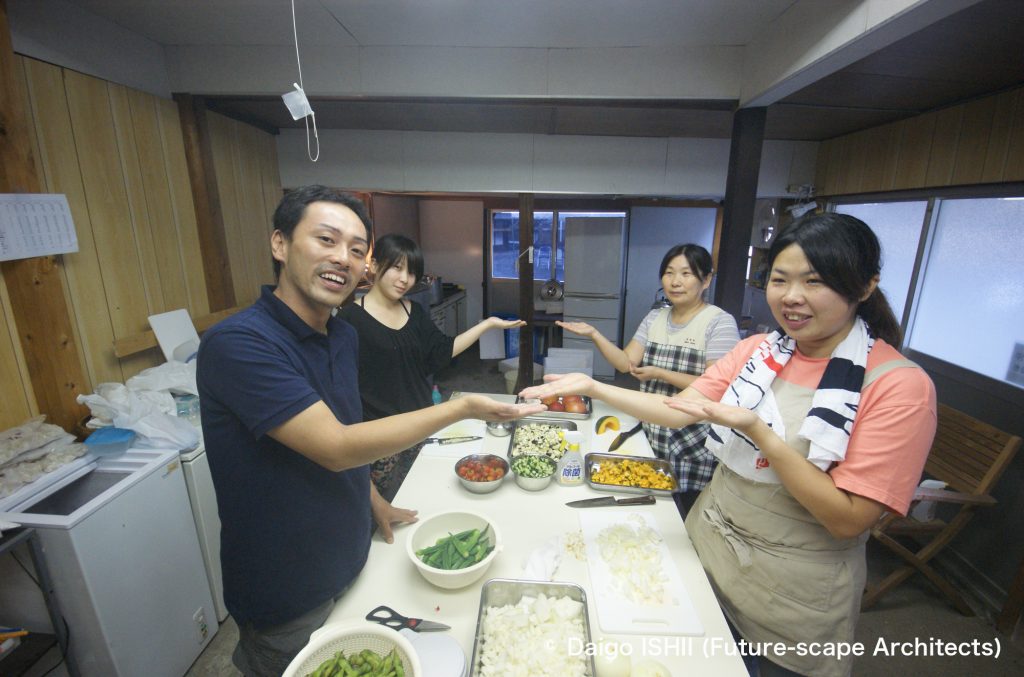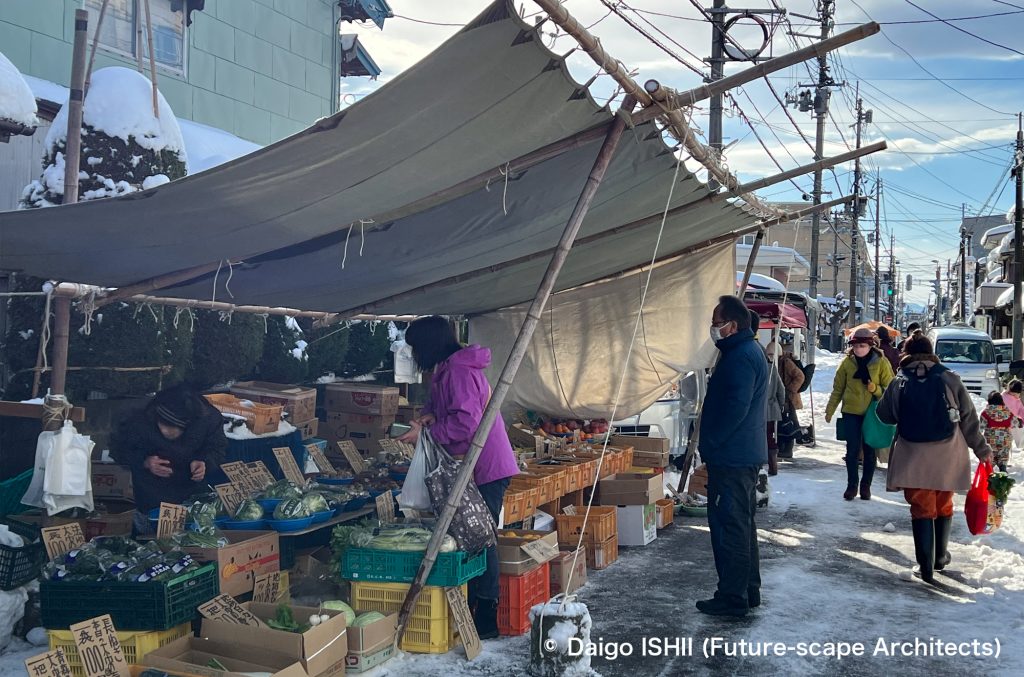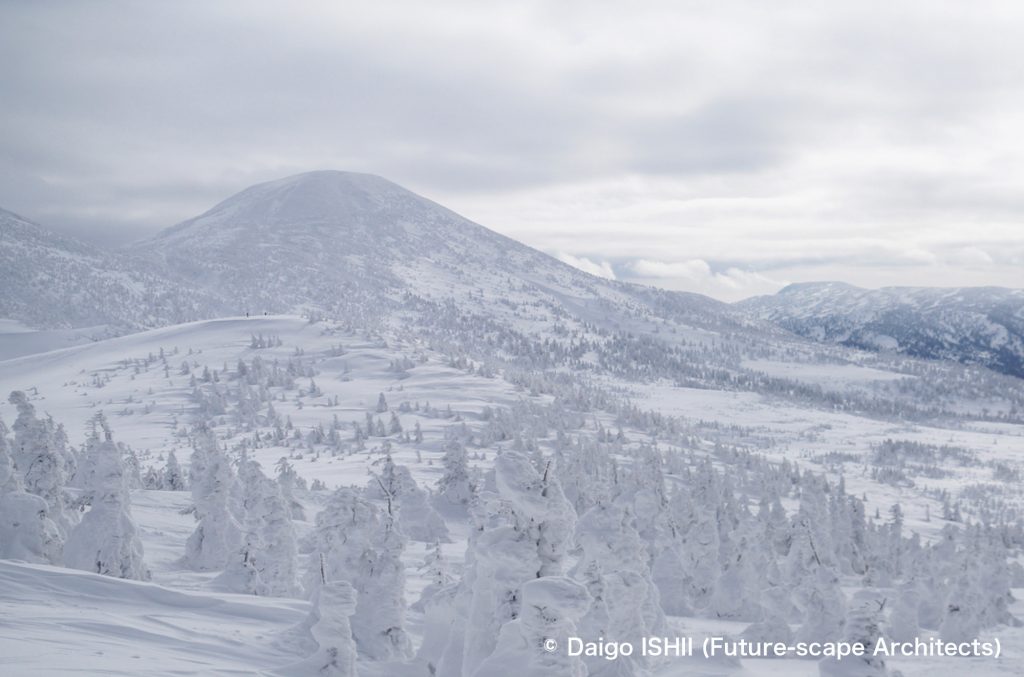What I felt while walking in Venice was the difference in the air depending on the location and height.
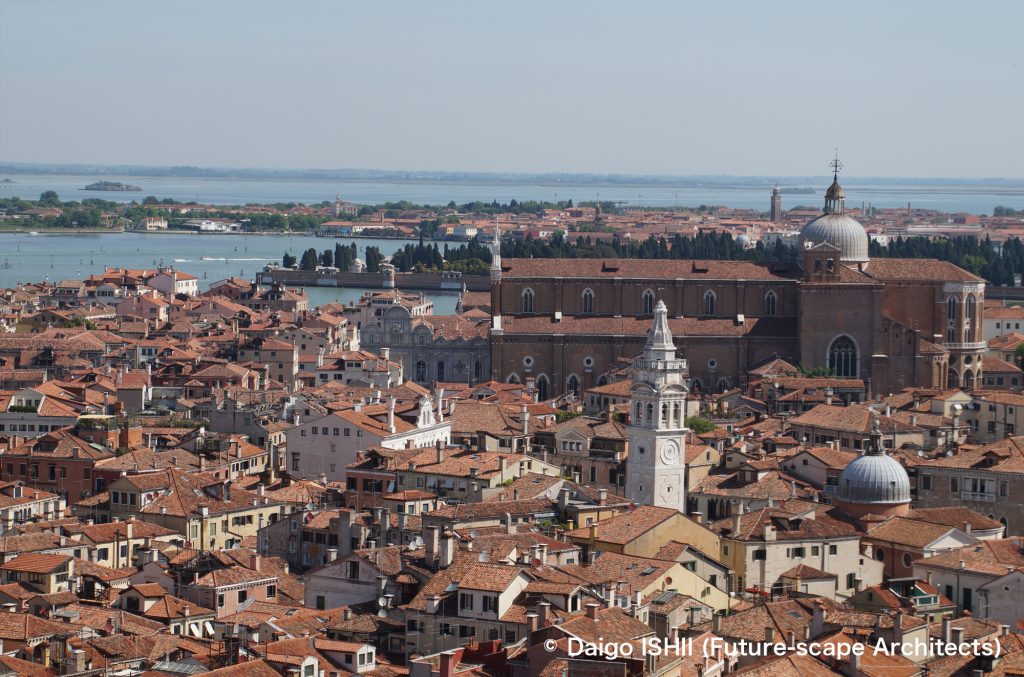
When I checked Codogno town, where the Covid 19 infection first exploded in Italy, on the street view, I thought that the Italian urban structure might be related to the spread of the virus. In Japan, there are spaces between buildings. Meanwhile, the Italian downtowns lined with buildings without spaces. Even though city blocks have a courtyard in the middle, airways are limited, so air circulation on the lower floors is not active. If a virus gets in, the wind is not strong enough to blow it away.
On the narrow streets in Venezia in early summer, I felt not well due to such poor air quality. Except for the Grand Canal and plazas (Piazza and Campos), the airways are narrow canals and streets, so the air is stagnant at the bottom of streets. Besides, foul smell and humidity from the canals floated, and flies and mosquitoes flew around.
In this Venezia, I found a private accommodation on the top floor of a four-stories historic residence equivalent to six stories, going up the stairs with heavy suitcases. Unlike the foul smell on the ground, cool and comfortable breeze blew through the room, and a bright light shone in.
In Venezia, many houses follow the Venetian Gothic style and Venetian Renaissance style from ordinary citizens to the rich even if there is the gap of the design cost depending on the class.
In architectural design, the disparity looked generous. Meanwhile, as for the ventilation and daylighting, differentiation might have existed between well-ventilated places like the Grand Canal and big plazas and not so-airy places or between low floors and high floors.
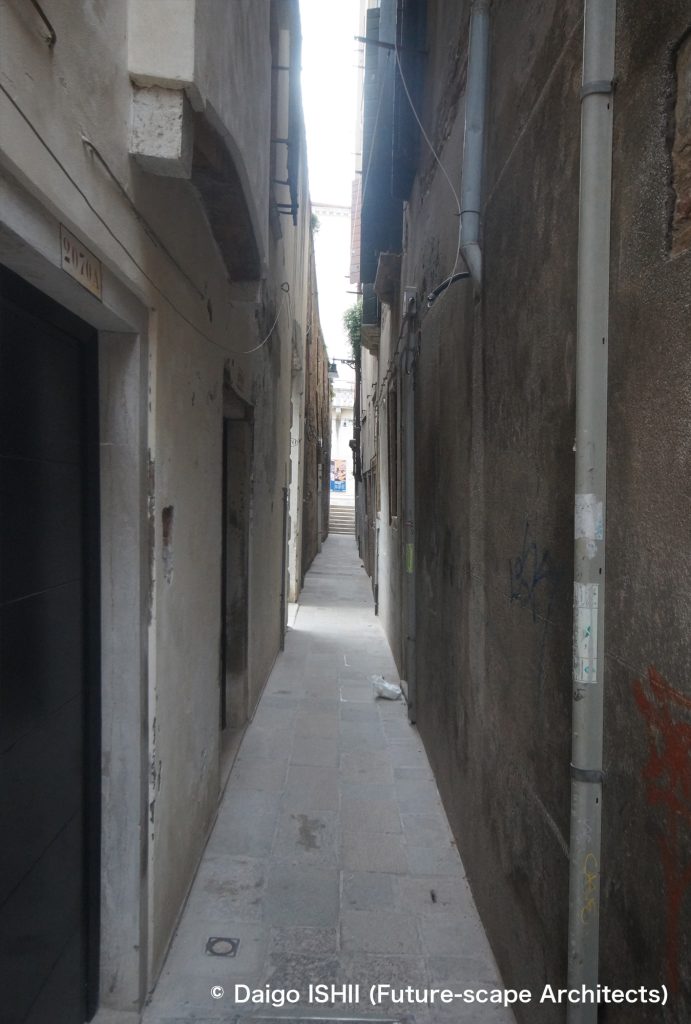
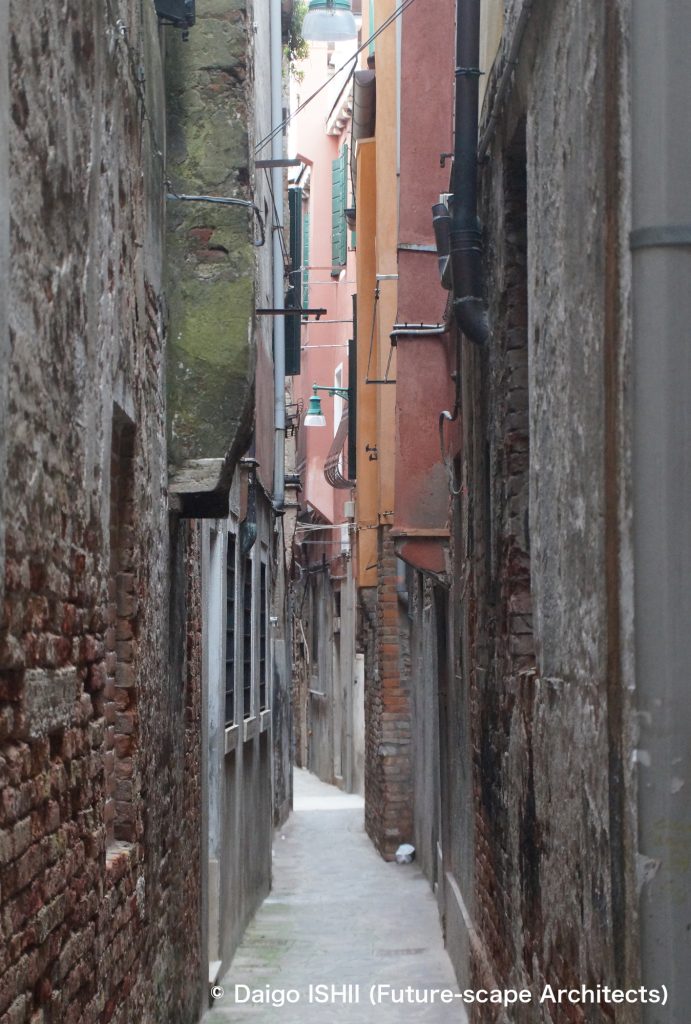
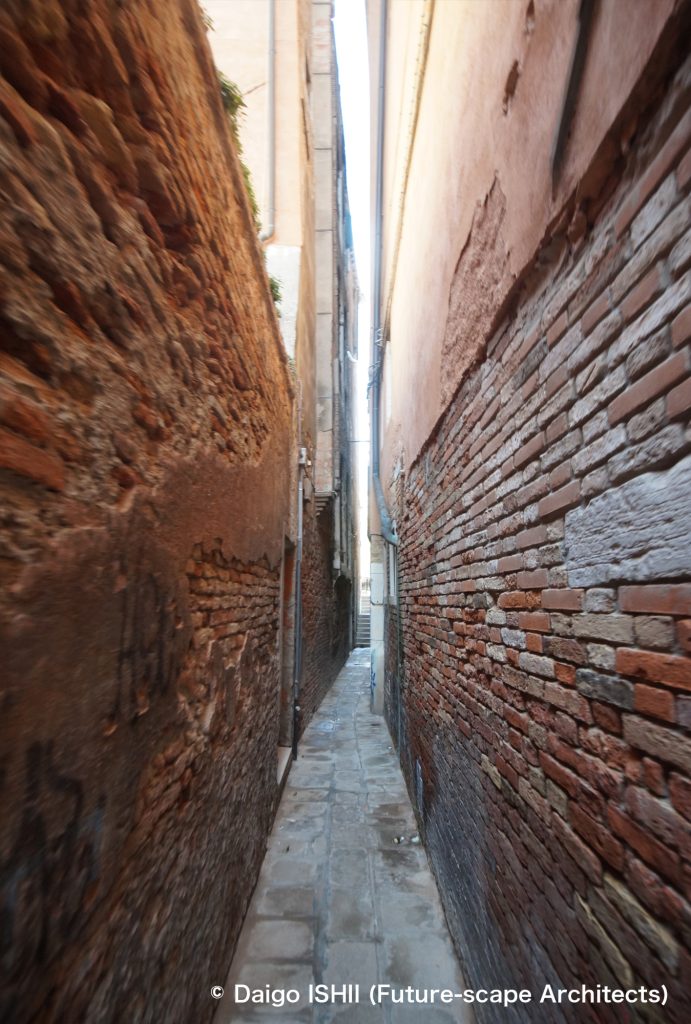
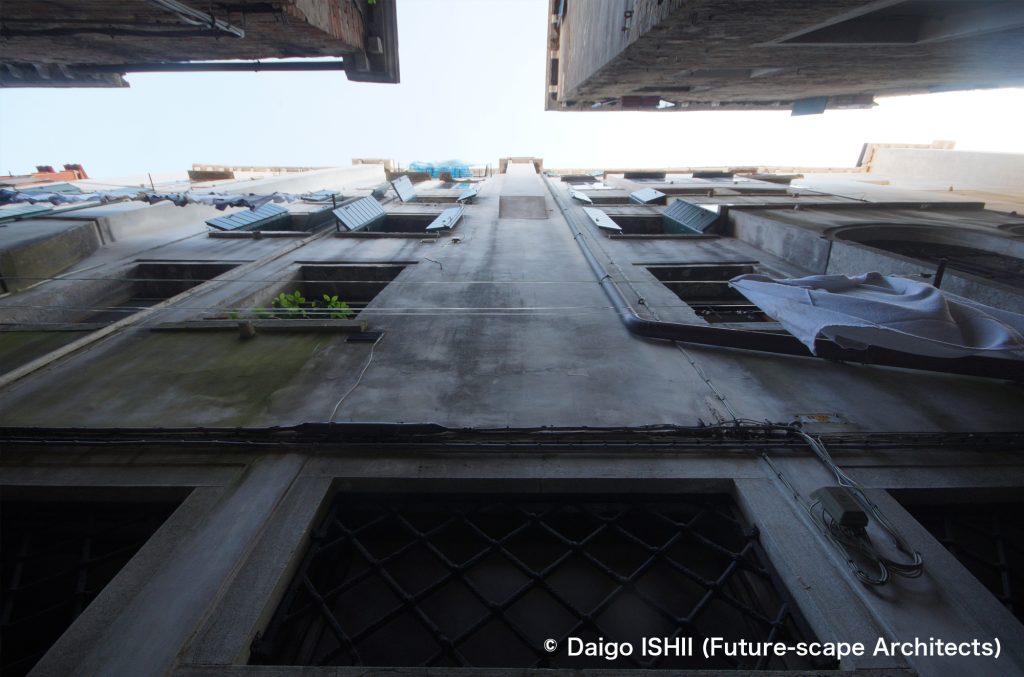
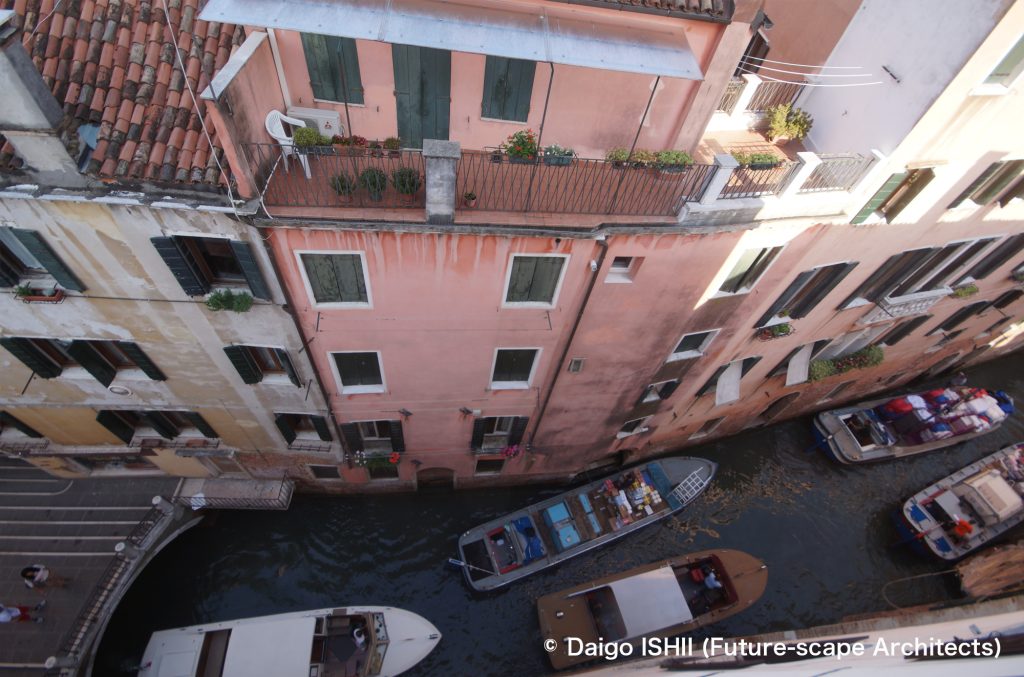
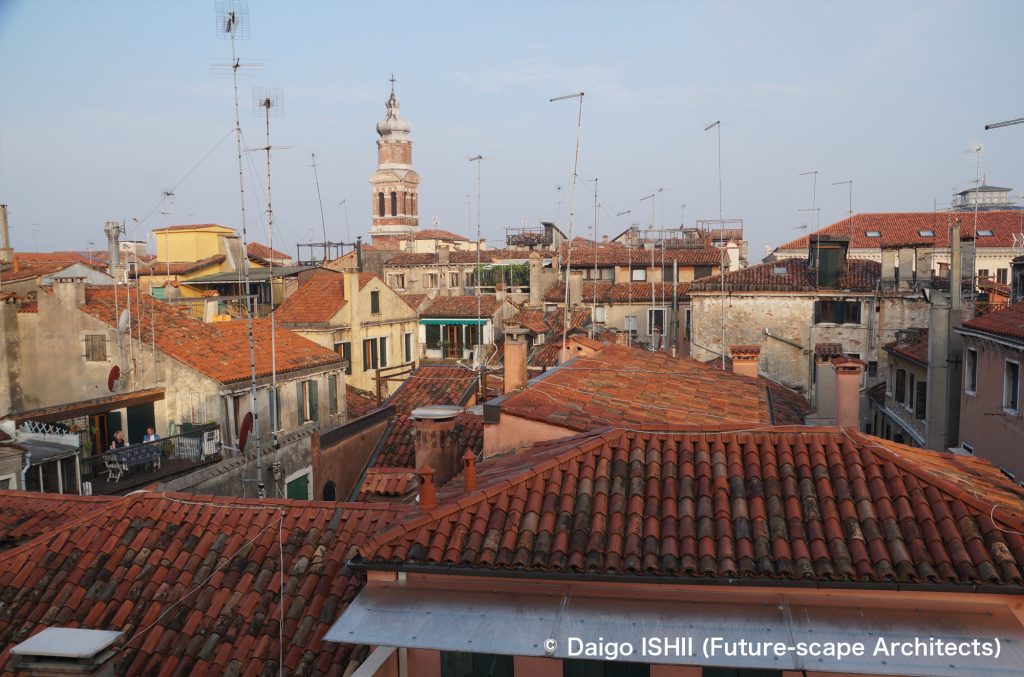
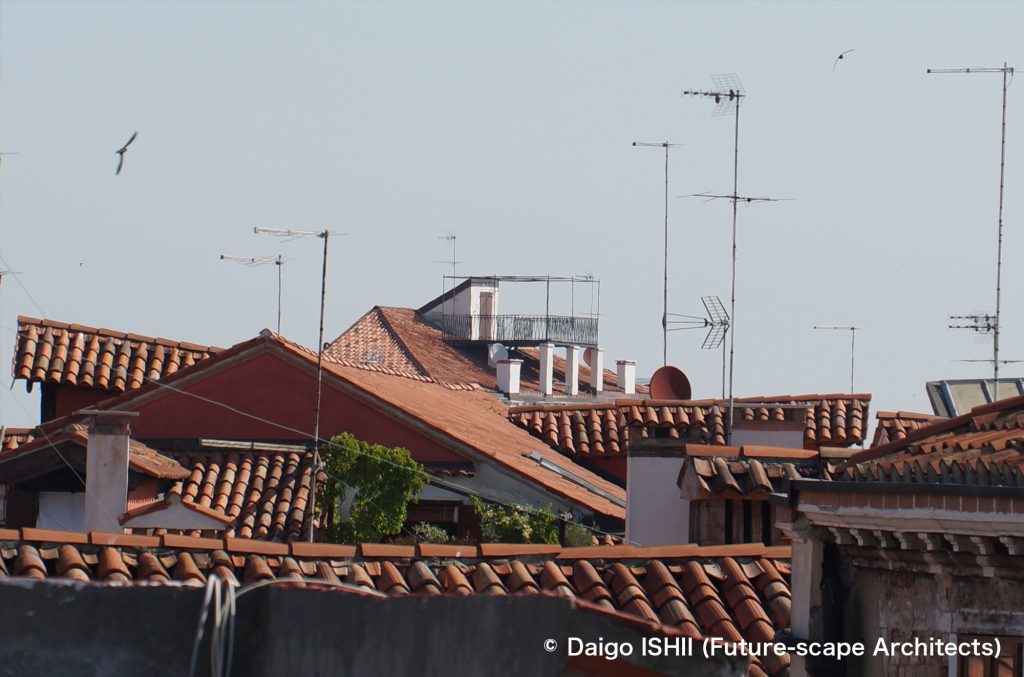
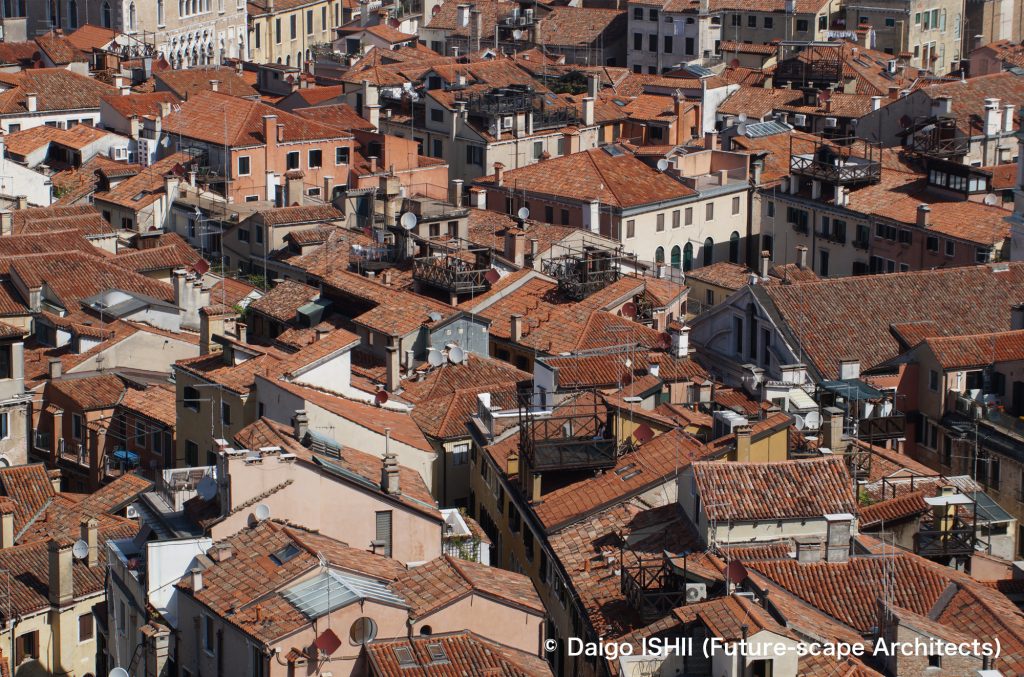
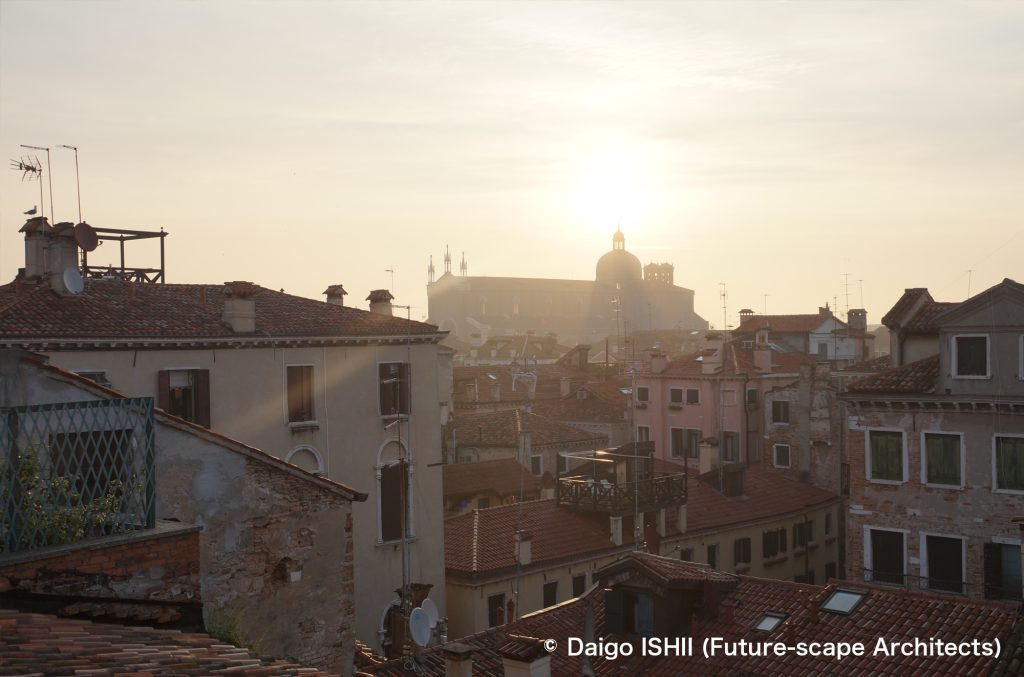
Click here for your impressions
reference
Google Maps Street view
Please do not use or upload our photos without permission.




